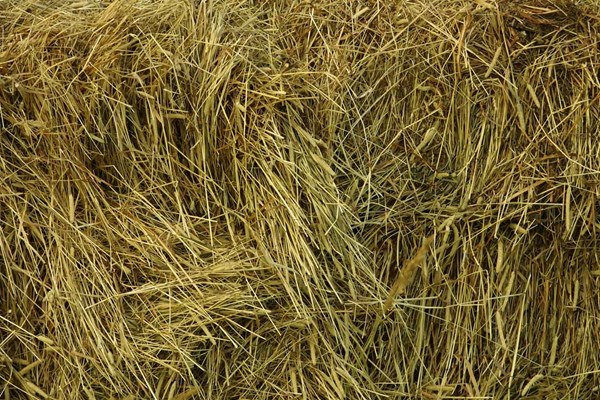 Credit: Thinkstock Researchers showed there was no difference in the glycemic response to non-soaked or soaked hay.
Credit: Thinkstock Researchers showed there was no difference in the glycemic response to non-soaked or soaked hay.For horses diagnosed with equine metabolic syndrome, obesity, laminitis and/or insulin resistance, the need for dietary management of nonstructural carbohydrate intake is necessary. One management tool horse owners can use is regulating the glycemic response in diseased horses, which is the effect food has on blood glucose levels after a meal.
Past research has shown that soaking hay for 30 to 60 minutes reduces nonstructural carbohydrate levels; however, researchers have yet to explore if hay soaking has an effect on glycemic response. Recently, researchers at Middle Tennessee State University examined how soaked hay versus non-soaked hay affected the glycemic response in horses.
Two different hay types were evaluated both as soaked hay and nonsoaked hay; prairie grass and alfalfa. Wet hays were soaked in cold water for 60 minutes and 12 healthy horses (average of 17 years and 1,207 pounds) were fed the hays. Blood samples were taken immediately at the time of feeding and every 30 minutes for 2 hours, and every 60 minutes up to 5 hours.
Researchers found that horses had a higher glycemic response to alfalfa hay compared to prairie grass hay. However, there was no difference in the glycemic response to non-soaked or soaked hay of either type. Over time, plasma glucose levels were higher in horses fed alfalfa versus grass hay.
Researchers concluded that although the type of hay fed influenced the glycemic response, no difference in physiological glycemic response was observed in healthy horses fed nonsoaked or soaked hay. Additional research is needed to determine if soaking hay has physiological merit in horses diagnosed with equine metabolic syndrome, obesity, laminitis and/or insulin resistance.
For more information on this study, click here.
For more information on hay soaking, click here.
You can sign up for the University of Minnesota horse newsletter here.
This research was summarized by Devan Catalano, BS, University of Minnesota.


